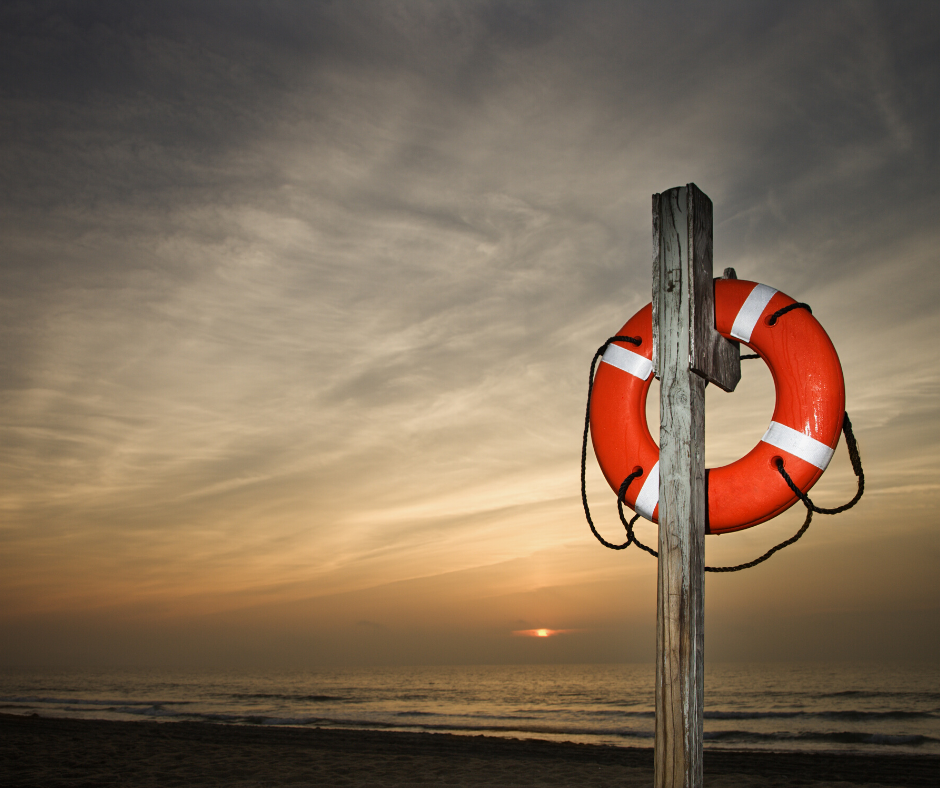Have you ever watched young children in a library or bookstore? They run around in excitement and pull dozens of books off the shelves. I’ve seen it many times and I’ve pulled a few books off shelves myself. Children are born with an innate capacity for joy, a natural curiosity, and a desire to learn. Young children love Story Time or having a parent or caregiver reading aloud to them.
Is there is a defining moment or a collection of experiences that leads to diminished joy and eventually to a downright hatred of libraries and books for some children? Maybe it’s when a child first heads off to school, or when the other children progress to chapter books, that those once-exciting books become painful to try to read. I’ve thought about the loss of joy a lot lately. Through our new library program, The Road to Decode, I have spent a lot of time in the children’s sections of libraries. Teach My Kid to Read worked hard on The Road to Decode, creating awareness and helping librarians understand what resources help children learn to read. But are we doing enough?
We’ve cited statistics before. Reading issues are common, and nobody is spared. Sixty-four percent of fourth graders are not reading proficiently. According to The International Dyslexia Association, reading issues like dyslexia effect one of every five children. Early identification, the right instruction, and the right interventions would likely reduce the number of struggling readers. We know all of this, but change is slow in coming, and these joyous, eager young learners become older children and teenagers who are at risk of some serious mental health issues.
Faith Borkowsky, in her recent post, points to the connection between struggling readers and mental health issues, specifically suicidal thoughts. Parents and teachers of children who struggle to read are not surprised to learn that emotional issues and even suicidal feelings are prevalent amongst children with learning differences, especially those who struggle to read. Those who are involved in advocacy work surrounding reading issues like dyslexia have all heard the nightmare stories. Our legislators have as well.
Now that I know about these issues, I would still prefer not to talk about them. I would rather work out my emotions on a long run and focus on specific initiatives and solutions than discuss mental health issues. What I also know, though, is that you can’t entirely separate the mental health issues from the struggles of learning to read. If by reading this post even one person sees that helping a struggling child learn to read is saving a life, then putting myself out on a limb will have been worth it.
Most of us with children who struggle to read have probably been there, battling demons with our own children. For parents, there are no easy words when emotional outcomes are discussed. For heaven’s sake, we know, and we have known that when our children can’t learn to read, it wreaks havoc on their mental health. What would you expect?
With forty percent of all children not reading proficiently, and our children with dyslexia subjected to ill-fitting reading instruction, it’s evident that reading instruction needs to change. That change is starting to happen, but it’s happening slowly, and it’s not enough. The research that Faith Borkowsky cites on the connections between learning differences and mental health is a wake-up call. Lives are at stake. Teaching a kid to read can save a life. We need solutions now, even if they are stopgap.
That represents a shift for us. When we started Teach My Kid to Read, we thought we could start with better teacher training in higher education. What we found instead was an acute need in the community to provide parents, caregivers, librarians, day care workers, early education specialists, and anyone interested in literacy education with the foundational information and resources to help more children learn to read. It would be great if all schools taught children to read the way they need to learn, and there were affordable trained tutors to pick up the slack, but that’s not the case, at least in many communities. We need to do something and fast. We need creative, collaborative solutions.
Teach My Kid to Read’s mission is to create awareness and educate librarians, parents, caregivers, day care workers, and anyone willing, with information that enables them to help all children develop excellent reading skills. Parents have enough grief helping a struggling reader navigate the education system. They need allies in the community, and hope that their child won’t be left behind.
Over the last year, we have been emphatic in educating librarians and others in the community about how we learn to read and about decodable texts. Our strategy starts with libraries because libraries are hubs of community activity. They are well positioned to generate awareness and educate more of the community. We are emphatic because we are parents, grandparents, educators, and volunteers who have ourselves learned about resources and approaches that help children learn to read. We have found ways to help our children differentiate the large sounds that make up words. We have confidence that with more people on board, fewer children will flounder in the process of learning to read.
Teach My Kid to Read wants to help build community literacy initiatives to accelerate the pace, and to provide stopgap and even permanent solutions to help more children, especially struggling readers, learn to read. Literacy affects everything, but perhaps nothing as consequential as mental health. Please get to know us, support our work, email us at info@teachmykidtoread.com, and tell everyone you know about Teach My Kid to Read.
Save a life. Teach a kid to read.

Pingback: Hey Teacher! Let the Kids Read What They Want - Teach My Kid To Read
Comments are closed.